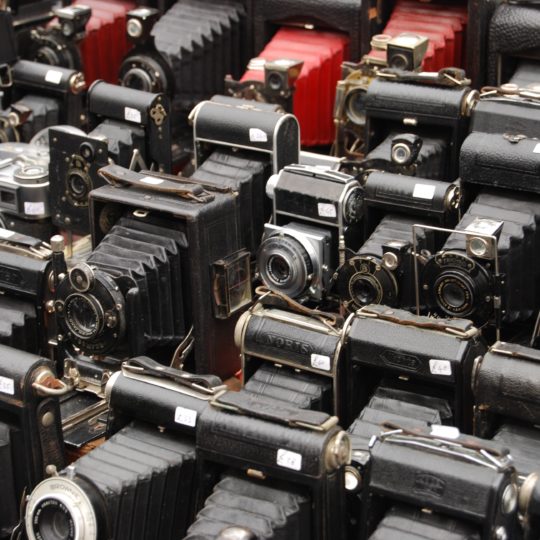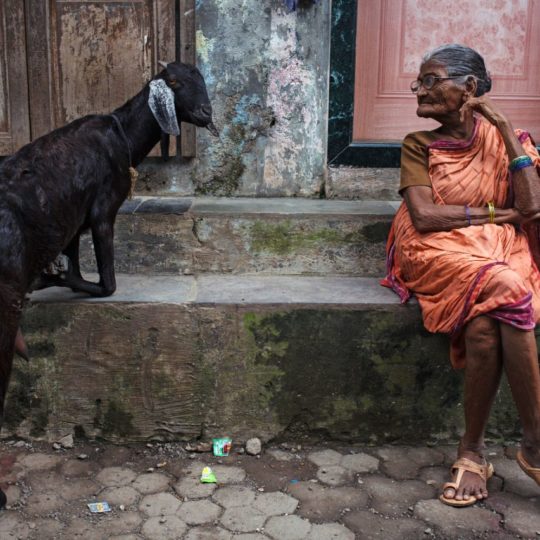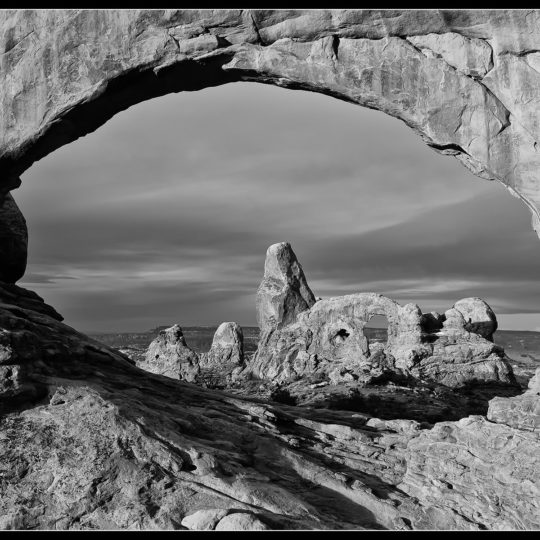Videography refers to the process of capturing moving images on electronic media and even streaming media. The term includes methods of video production & post-production. It could be considered the video equalent of cinematography
- Gather your equipment – Smart Phone, DSLR Camera, Lens, Lens Filter, Camcorder, External Microphone, Tripod, LED Lights & Gimbal Stabilizer
- Shoot in landscape mode (horizontally instead vertically)
- Use overlay GRID on your screen to guide you for keeping at phone level
- Plan your shoot – Create your own storyboard/shooting script – visualize your final footage and outline your desired shots – stick to specific style
- Use the power of emotions – emotions drive the viewers & it create a trigger
- Perfect time of day for shooting is important – know the timeline – when shooting outdoors, keep the sun behind you
- Have good lighting – determine the lighting arrangement – LAMP or LED Light or Sun
- Avoid conflicts between Natural & Artificial Light
- Keep the background simple – use solid coloured backgrounds be it a wall; to avoid casting a shadow
- Improve your composition – allow visual elements to tell your story, make the scene look aesthetically pleasing. Use Rule of third, where you place your subject’s head a little higher (not at the centre) of the frame
- Observe proper camera placement – keep the camera at relative distance & maintain proper focal length
- Use Manual focus – set the focus yourself – use rack focus technique
- Set your white balance – the correct white balance is subjective and can depend on your desired output. Practice makes a man perfect
- Evenly expose scenes – set the exposure setting like frame rate, ISO levels & aperture. Shoot in controlled setting as it will help in post processing – use exposure lock, if required
- Apply Cinematic Techniques – use creativity – choose essential few i.e. panning, zooming, crane shots, dolling from side to side to make your video unique
- Avoid shaky shots – treat your camera as full cup of coffee – keep your speed consistent & don’t make sudden stops
- Time your shots – Keep your shots longer than 5 seconds but not longer than 10 seconds to effectively hold viewer’s attention. Keep your shot steady for at least 10 seconds. Minimize Camera Movements, reduce Recording Time, Keep Sequence Simple
- Film in small segments – it gives flexibility in post production to eliminate takes
- Shoot to Edit – Think like an editor when filming – use angle shots & few Safety shots for later use. This will help you to save time & efforts – use video editing software for cutting, clipping & correction of video clips
- Use External Microphone – Keep the microphone near the subject to capture quality audio. Use a handheld mike for man – on the – street interviews
- Use headphones to listen, while you shoot
- Keep audio in mind when scouting location for videography
- Choose your background music carefully – ensure that the music goes well with your project work
- Don’t move mike cables while recording. Avoid long cable runs to minimise interference
- Always have plenty of charged batteries & extra tapes/cards on hand
- Hide Wires – tuck them out of view, other wise it looks sloppy & unprofessional
- Practice, Practice & Practice – the best way to learn is to practice – create your own style. It is great way to develop & learn professional technique
- Don’t assume you can fix everything in Post Production – Premier Pro & Final Cut Pro are extraordinary software that enables to accomplish a great deal with videography editing but they are not magic. Post Production can only add Polish & finesse to your video & not to fix mistakes
- No matter what kind of video you end up with, educational, entertainment, artistic or marketing, don’t hide it from the world. Put your short videos on Facebook, Twitter, Instagram or you tube as regular posts for targeted audience for review & critic
- Allow yourself into a deeper experience, make a moment a lasting conveyable memory. Help build your tribe






Recent Comments